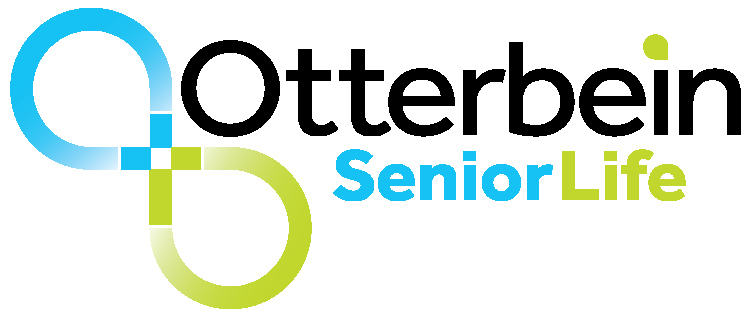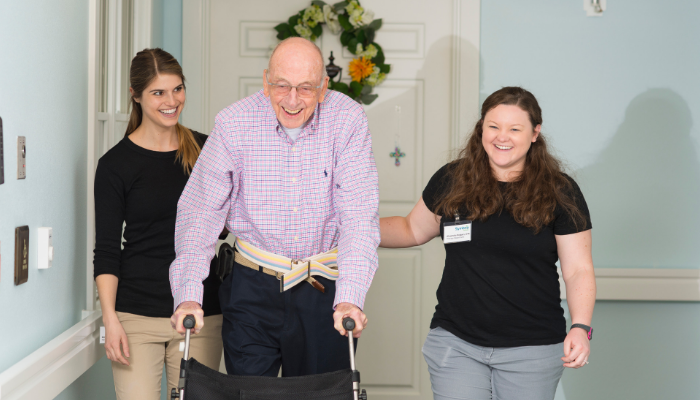If your mother breaks her hip, would you know what to do next? Or maybe you have a upcoming knee replacement and wouldn't be able to go home immediately.
Both scenarios would need care in the immediate short-term, and then a longer rehabilitation process, called post-acute care.
What is Post-Acute Care?
The Society for Post-Acute and Long-Term Care Medicine (AMDA) wrote that post-acute care typically refers to care provided to patients recently released from the hospital. It can take place in many settings, including nursing homes and rehabilitation centers.
According to MedPac, depending on the intensity of care the patient requires, treatment may include a stay in an inpatient rehab setting. It could also be ongoing outpatient therapy or care provided at home.
After receiving post-acute care, you may need additional short-term rehabilitation and therapy.
How Do I Know When To Transition Out Of Post-Acute Care?
Another important piece of post-acute care is knowing how long your stay needs to be. You wouldn't want to go to a lower level of care (or go home) before you're ready, but you also don’t want to stay any longer than necessary.
According to Caring For The Ages, you want to shoot for the optimal length of stay for yourself or the person needing care. There are no hard and fast rules, although a physician may be able to make a recommendation.
It’s hard to say just where the sweet spot is for each individual person, and there are many variables to factor into this equation. So, when is the right time to transition out?
It’s all about knowing your own self or the person you’re taking care of. By asking a series of questions, helping the person you’re with through activities, and talking with your physician, you’ll be able to better gauge when it’s the right time to make the move.
Related: Learn about Our Rehabilitation Options>>
How It Works At Otterbein
Post-acute care at Otterbein includes daily services from a licensed nurse and/or rehabilitative therapist for a limited period of time. Trained staff work with you, their family, and your physician to develop a personal plan of care and treatment.
The goal of Otterbein’s nursing and therapy team is to ensure that people become medically stable to return home. This includes learning to perform daily activities of living independently or with the use of assistive devices.
Our Services Include:
- Licensed nurse 24 hours/7 days per week
- Wound care management
- Respiratory care
- Social services
- Wellness promotion
- Physical therapy
- Occupational therapy
- Speech therapy
- Psychological services
- Health management
How Does Payment Work?
Wondering if Otterbein SeniorLife is the right move for you?
Our payment sources include: Medicare Part A, private pay, and private insurance (requires pre-certification).
Our average monthly cost for private-pay residents at Otterbein in 2020 is $10,784 (via private pay). This cost is a general view of what you could expect to pay and could be higher or lower depending on your specific situation, including if you have coverage from other sources.
Next Steps: Transitioning to Rehabilitation
If you decide you need further rehabilitation after post-acute care, Otterbein SeniorLife is here to help.
Our Small House Neighborhoods offer our elders and rehab guests a place to heal after surgery, illness, or injury, plus compassionate care for those who need 24-hour specialized attention.
Learn more about the options we provide for post-acute care and rehabilitation services.


